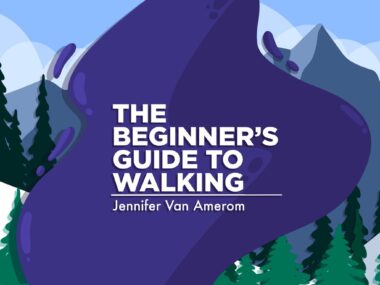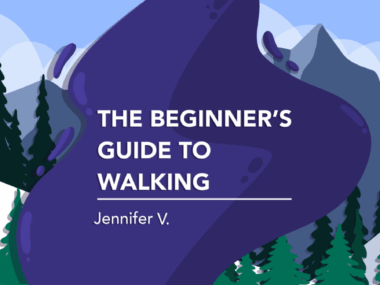I finally hit my breaking point after 15 years with NMOSD
How a difficult emergency room visit led to an (inevitable) emotional release
Written by |

I first encountered neuromyelitis optica spectrum disorder (NMOSD) 15 years ago. Faced with the unknown after a transverse myelitis attack shut down my ability to walk, I was overwhelmed and scared. That’s when a multiple sclerosis patient gave me the best advice: “Never let them see you cry.”
While no one would’ve thought less of me for crying, this patient explained to me why managing my emotions privately was the best strategy. Imagine you work in the neurology field. Most of your patients are dealing with serious health challenges, requiring you to deliver tough messages and truths every day. Neurologists who desire to do research may not feel comfortable talking with crying patients all day.
This advice made sense to me, as I’ve always prided myself on never getting deep about my feelings. In fact, during my neurology checkups, I always speak about my illness and its effects on my body as if I’m talking about someone else. Then I go home and, if necessary, cry privately, usually in the shower where the sound of the water can hopefully drown out my sobbing.
When I couldn’t contain it anymore
I recently returned from a beautiful, dreamlike vacation in Mexico with my family. While I was there, the vision in my left eye began to deteriorate. I always bring oral corticosteroids with me for this exact reason, and under the guidance of my neuro-ophthalmologist, I took a daily dose until my return home to Canada.
The entire flight home, I knew I’d have to go to the emergency department (ED) to receive treatment — the inevitable Solu-Medrol (methylprednisolone). When I arrived at the ED, I checked in and operated as usual.
The department was busy for an average Saturday night. At first I waited patiently, but as my eye began to worsen, I started asking how much longer until I’d be seen. At hour five, I finally saw a nurse who did a visual field test, which I failed miserably. But by hour seven, I still hadn’t seen the ED doctor, which meant I still hadn’t received treatment. The chair I was sitting in was uncomfortable, and my spine was screaming at me in pain. I started to pace the tiny room where I’d been left, and exhaustion kicked in. That’s when it happened.
After 15 years of protecting my feelings, I finally hit my breaking point. It started as a panic attack, but then I couldn’t control my sobbing. Huge tears ran down my face, and I struggled to inhale my next breath.
Seeing that I was in distress, a nurse came in. I tried explaining that I’m normally a lot tougher than this, but somehow, in that moment, I’d hit a breaking point with my mental health. As if by magic, the ED doctor walked in. She recognized the severity of my vision loss, but still wanted to consult with the on-call neurologist. That made sense to me; however, I also knew it would be another couple of hours before I’d get treatment. That realization ate at my core, and I couldn’t stop crying. In the end, I was at the ED for more than 11 hours.
Perhaps it was the juxtaposition of that day: One moment I was sitting on the beach, the breeze feeling oh so good on my skin, and hours later I was sitting in the ED begging to receive treatment so I wouldn’t go permanently blind.
Or maybe it was because I was having my fourth major attack in four months. I’d spent my entire summer receiving Solu-Medrol, undergoing plasma exchange treatments, starting infusions of a new immunosuppressant medication, and waiting around for endless hours to receive checkups and treatments. I’d just begun to process the heaviness of all of this on vacation, and to find myself in the exact same position so soon broke me.
Later that week, I spoke with my neurologist and confessed that I was concerned about my mental health. He was beyond empathetic and admitted that he had no idea how I’d been so strong for so long. He referred me to a psychologist who specializes in care for those with rare autoimmune diseases such as NMOSD.
I’m humbled by my reaction and proud of myself for speaking up, even though reaching my breaking point was the most uncomfortable I’ve been since I was diagnosed with NMOSD. I’m also worried because feeling this vulnerable is new territory for me.
Have you ever hit your breaking point? If so, how did you handle it? You’re invited to share in the comments below.
Note: Neuromyelitis News is strictly a news and information website about the disease. It does not provide medical advice, diagnosis, or treatment. This content is not intended to be a substitute for professional medical advice, diagnosis, or treatment. Always seek the advice of your physician or other qualified health providers with any questions you may have regarding a medical condition. Never disregard professional medical advice or delay in seeking it because of something you have read on this website. The opinions expressed in this column are not those of Neuromyelitis News or its parent company, Bionews, and are intended to spark discussion about issues pertaining to neuromyelitis optica spectrum disorder.







Leave a comment
Fill in the required fields to post. Your email address will not be published.